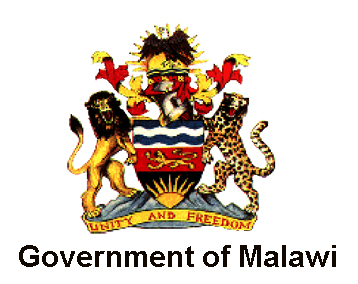Community activities are being implemented in each village and directly involve men, women, children and chiefs. The main aim of these activities is to improve health related behaviours of parents.
These activities are being implemented in partnership with government outreach workers – called Health Surveillance Assistants (HSAs) – from each Health Centre or Post. For further details see the Program Document.
Identify and train Village Health Committees
According to the government health strategy, each HSA is supposed to work with the community to identify and train official Village Health Committees in their catchment area. There is usually 10 members per village. Their role is to work with the HSA to improve the health of their village.
Few Village Health Committees are trained or active before the project starts.
Therefore, the first step in the community level activities is to identify and train them as a joint effort between the HSAs and the Inter Aide facilitators. Since the beginning of the program, there have been 895 VHC members trained and monitored for 3 years in Nambazo and 895 in Kalinde area. Since 2019, as the facilitators from the program have left the area, these VHCs are being monitored by a supervisor.
Recently, 380 new members have been trained in Nazombe and 219 identified in Waruma, as the program just started in these areas.
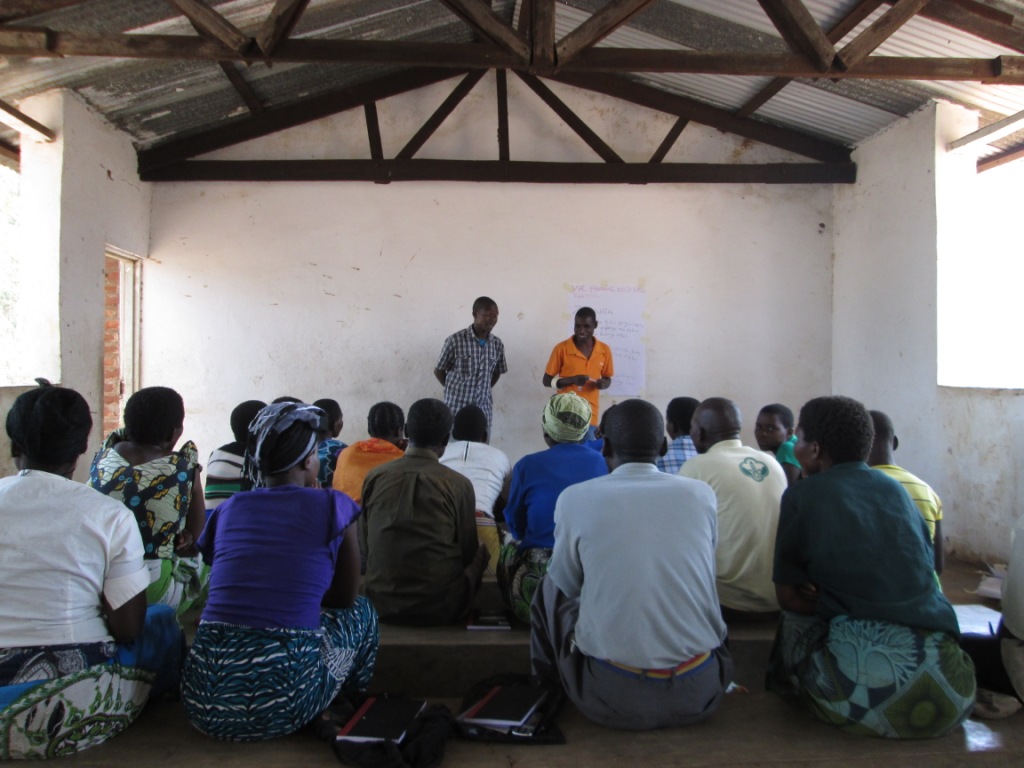
A village health committee is trained by an Inter Aide Community Health Facilitator and a government-employed Health Surveillance Assistant
Chiefs implement and enforce by-laws
The next step is to work with the Traditional Authorities in the catchment to develop and implement public health by-laws. These by-laws require village chiefs to implement and/or promote the following behaviours in their villages:
- All households to have latrines
- All households to practice hand washing
- All households to hang government provided bed nets and sleep under them
- Sick children to be taken to the Village Clinic or Health Centre immediately
- Couples to be aware of modern family planning methods to prevent unwanted pregnancies
- Pregnant women to attend antenatal and postnatal care and deliver at the Health Centre
- Husbands to accompany their wives to antenatal care visits
Compliance survey
Once the by-laws have been passed the Inter Aide Facilitator and HSA conduct house-by-house visits in each village to determine how many households are already implementing the by-laws (e.g. have a latrine, hung bed net, using modern family planning, etc).
A report is then provided to the chiefs, Traditional Authority and Area Development Committee showing the baseline compliance level in each village. Chiefs are then required to improve only those areas of low compliance in their villages. For example, if a village has low latrine coverage they will be required to improve it, but if latrine coverage is already high there is no need for further action.
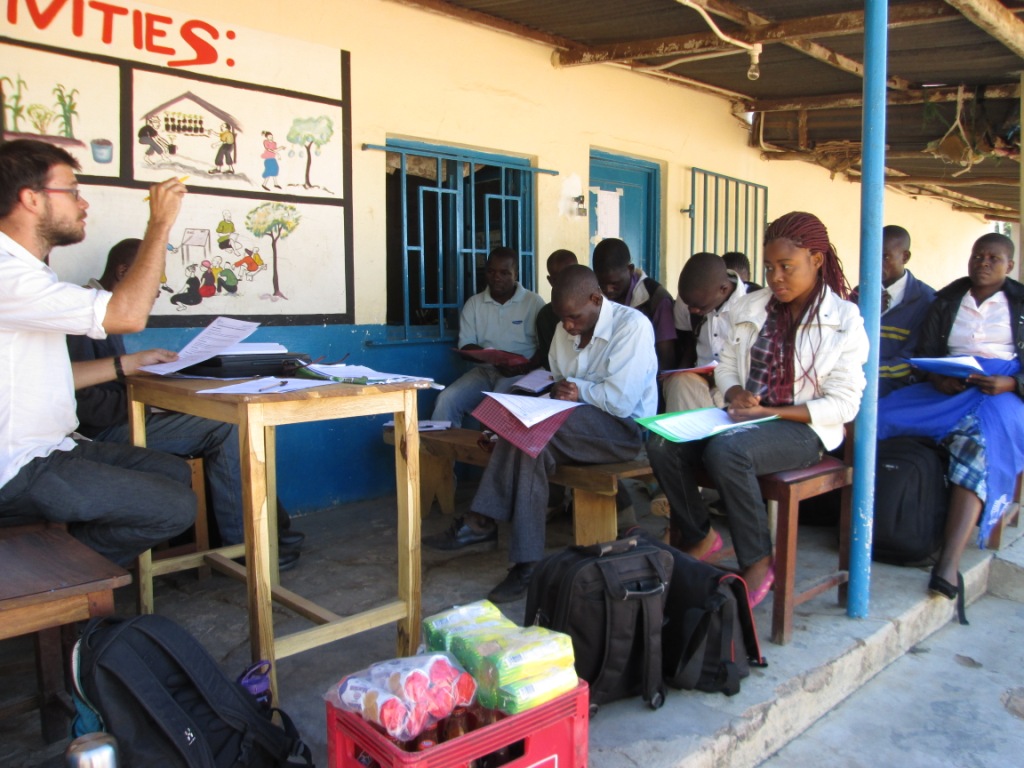
Inter Aide Community Health Facilitators are trained in how to conduct the house-by-house compliance survey
Action plans and community triggering
Although the implementation of by-laws through the chief system is a common practice within Malawi, it does have limitations. Even a very committed chief may have difficulty mobilising their community to build latrines or hang bed nets. This may be for a variety of reasons, including lack of awareness, publicity, beliefs in myths and misconceptions, and a preference for income generating activities.
Therefore, after seeing the results of the compliance survey each HSA and facilitator pair develop their own plan for improving the health of their catchment area. They put each health issue in priority order and come up with activities that will mobilise the community to take action. The priorities and activities may be different in each HSA station depending on the needs of that area.
Therefore, after seeing the results of the compliance survey each HSA and facilitator pair will develop their own plan for improving the health of their catchment area. They will put each health issue in priority order and come up with activities that will mobilise the community to take action. The priorities and activities may be different in each area depending on the needs of that area.
Community mobilisation is achieved through community triggering. This process has been inspired by Community Led Total Sanitation (CLTS) and the Positive Deviance approach (also called the Model Mothers approach). See the Program Document for specific examples of how this approach works in practice.
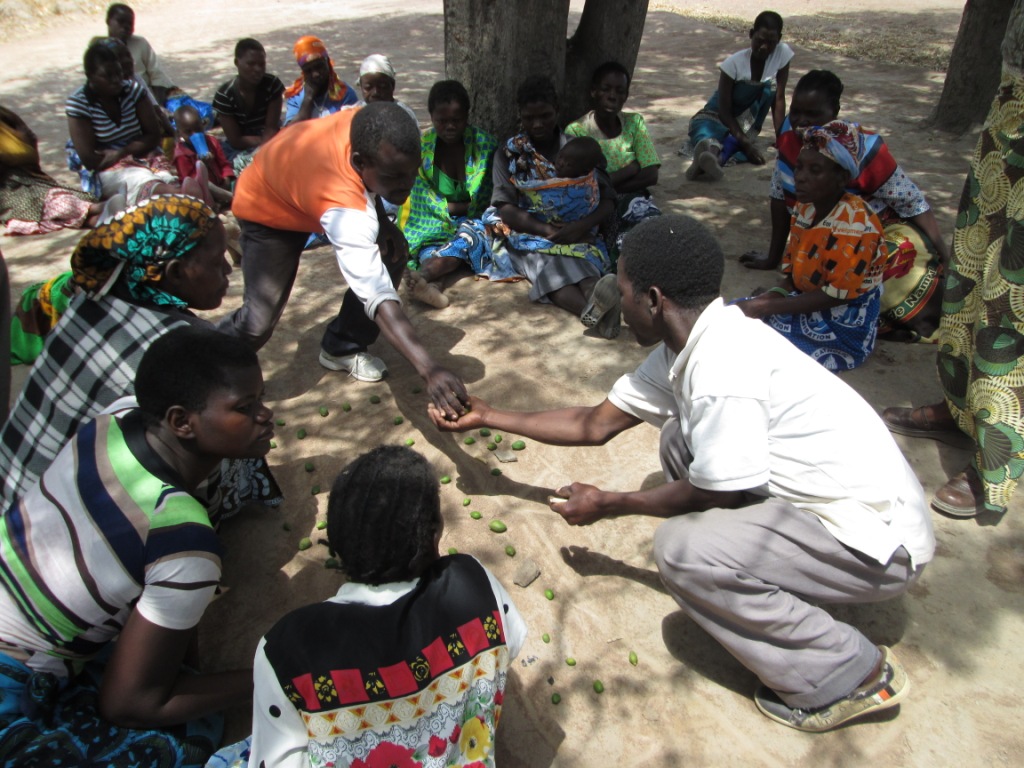
Community members map out the location of latrines in their village using seeds during a community triggering activity
House-by-house counselling visits and follow up
The outcome of community triggering is that the community makes their own action plan for improvements. For example, by setting a date by which all households must built a latrine.
House-by-house counselling visits are conducted in villages where triggering activities have taken place. This are used to assess the progress of each household on all recommanded practices and provide personalised messaging to support each family, and ultimately help the village achieve their action plan.
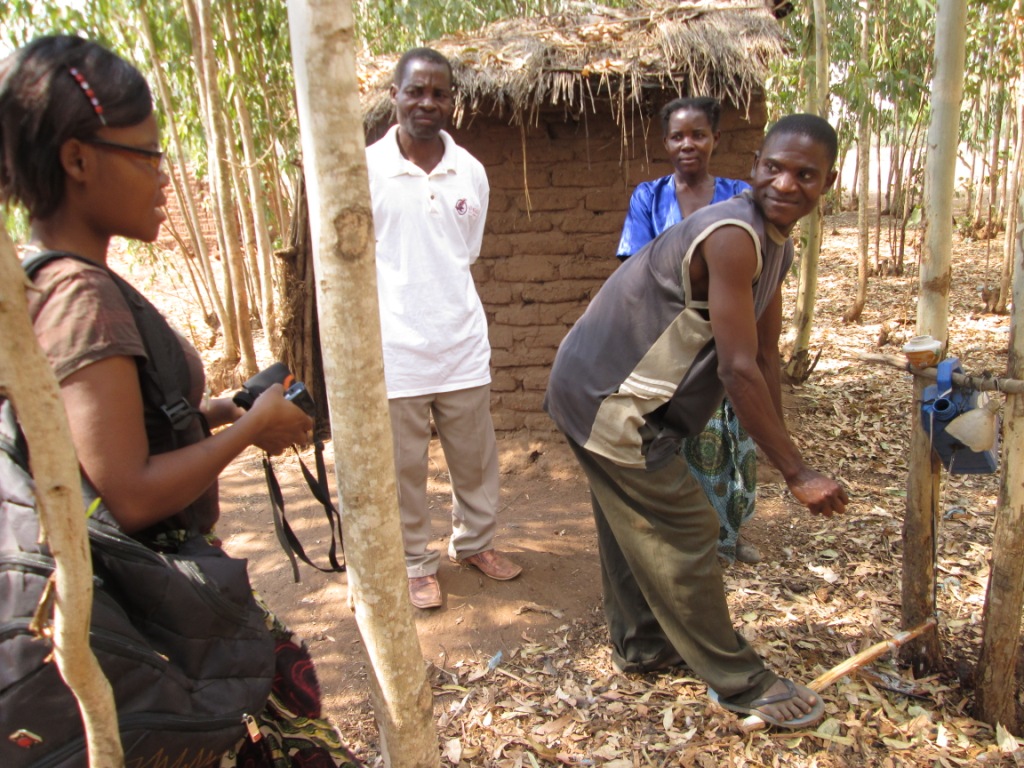
A community member demonstrates how their hand washing facility works during a house-by-house follow up
Door to door surveys
Approximately every 6 months, surveys are conducted to observe key practices among families (latrine usage, hand washing, health seeking for sick children, bed net usage, family planning, safe delivery, pre and postnatal care). The results are used to give updated data to the chiefs, Traditional Authorities and Area Development Committees on the compliance level within their villages. They can then decide if penalties should be implemented for villages that remain non-compliant with the by-laws. HSAs and facilitators also use these results to decide on the messages to be reinforced in each village.


